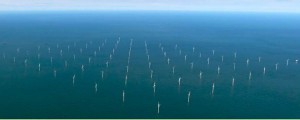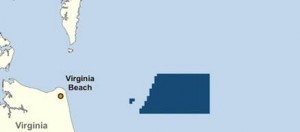August 30, 2011. Poquoson, Virginia.
 Meteorologists from WeatherFlow’s Virginia office recently began a pair of intensive studies of the wind conditions found along the North Carolina and Virginia coastlines. Although funded by different sources and sponsors, the projects are employing similar methodologies and are building on the lessons learned provided by each.
Meteorologists from WeatherFlow’s Virginia office recently began a pair of intensive studies of the wind conditions found along the North Carolina and Virginia coastlines. Although funded by different sources and sponsors, the projects are employing similar methodologies and are building on the lessons learned provided by each.
For the studies, WeatherFlow meteorologists are applying their unique understanding of small scale coastal wind processes, gained through decades of combined forecasting experience. Because the amount of wind energy generated is extremely sensitive to small changes in wind speed, the small scale wind patterns found in the coastal zone can have an outsized effect on the amount of energy generated at wind farms located on land in the coastal zone and in the offshore waters. At the large scale, the waters of the East Coast are generally agreed to represent a significant wind energy resource, but there has been little formal study of the smaller scale patterns that can dominate right along the coastline, often in spots that are contemplated for wind farms.
 Working with the University of North Carolina and James Madison University, the WeatherFlow projects are designed to systematically monitor forecasted and observed conditions along the North Carolina and Virginia coastlines, respectively. The prior experience of WeatherFlow forecasters is being put to use by identifying common (but often unnoticed) small-scale weather patterns and setups, and then using those to investigate the winds at specific coastal locations.
Working with the University of North Carolina and James Madison University, the WeatherFlow projects are designed to systematically monitor forecasted and observed conditions along the North Carolina and Virginia coastlines, respectively. The prior experience of WeatherFlow forecasters is being put to use by identifying common (but often unnoticed) small-scale weather patterns and setups, and then using those to investigate the winds at specific coastal locations.
The results of the studies will be used to better understand the dynamics of the wind flows along these coastlines, which will be of tremendous use in future decisions regarding wind farm locations and expected production. The results will also be used to improve weather modeling capabilities and operational forecasting systems for use in planning, installation, and operations of anticipated coastal wind farms.